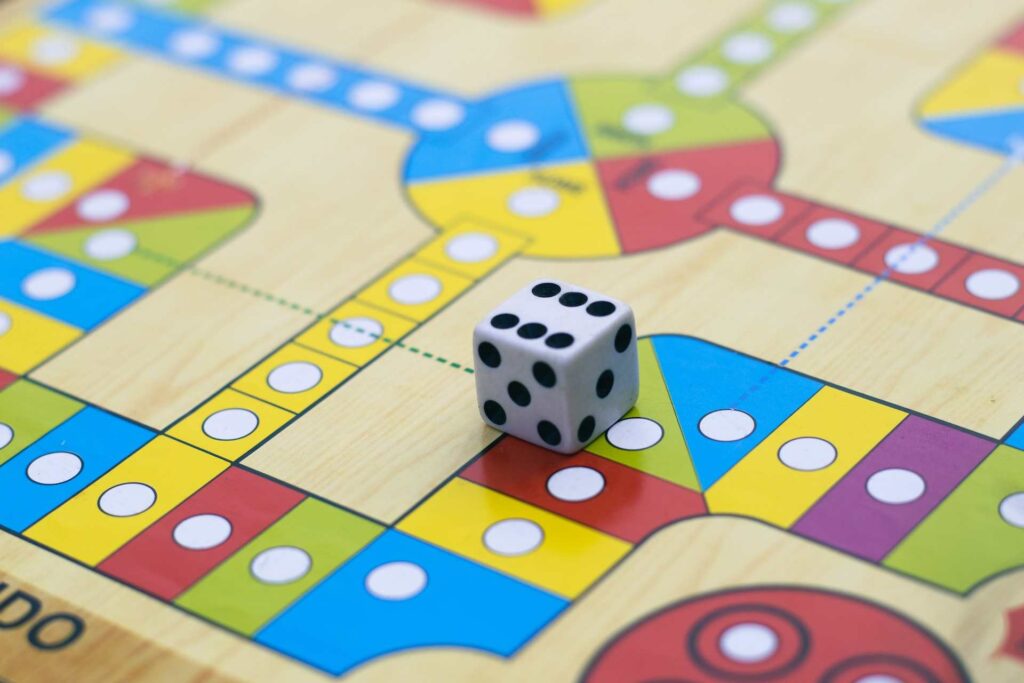What is gamification? The application in training

What is gamification in training? This is a recurring question in today's work environments. Although you can imagine that we are referring to games and how it can be applied, there is much more to it. In recent years, companies incorporate gamification strategies in a series of processes to challenge people to complete missions and obtain rewards or recognition for it.
The premise is simple and can be applied to any process, such as training itself. By applying game elements and mechanics in non-game environments, surprising results can be achieved in terms of participation, motivation and learning.. This was confirmed in Deloitte. In fact, they saw a 47% increase in the number of users attending their leadership classes with training gamified.
In this article we want to explore how to go further.. We will explore what gamification is, its relevance in training, its advantages compared to other methodologies and how it can be implemented to achieve maximum potential in adult training. Let's get started!
Definition: What is Gamification?
What does it sound like when you read the word Gamification? If it reminds you of the word Games you are right! According to Managementnet, the word Gamification comes from gamify and it is an anglicism that is used to name all the game mechanics in other processes where it is not common to use it, in order to achieve the proposed objectives more quickly and effectively. In this way, it can be applied in areas as different as training.
Gamification can be considered two forms, in accordance with ICT Business, there are two types of gamification:
- Intrinsic gamification: Take some gamification dynamics to apply them to the learning plan. Teaching methods are developed that promote collaboration and teamwork.
- Extrinsic gamification. This type introduces the known variables of gamification, such as the points system, goals and rewards during the teaching process.
In corporate training, Gamification can be applied in two ways. This is how they can be integrated into training platforms or also into the learning process itself.
Advantages of Gamification: What is it useful for in training?
Gamification is an excellent opportunity to motivate the fulfillment of learning objectives. For example, completing one lesson of a training and continuing with two more in a row to get a streak and earn recognition. What other advantages do gamification imply? Let's review!
- Motivation: Gamified instances encourage personal competitiveness in overcoming obstacles. According to Thinkfic, there is direct link between positive emotions and behavior change. Participating in gamification dynamics releases positive body chemicals or “happy hormones.” For example, the serotonin and dopamine that helps us feel good. There is also the endorphin increase which increases our desire to remain in that rewarding state.
- Performance and productivity: Gamification applied in training increases performance and productivity. According to studies of Zippia, 27% of workers affirm that gamified dynamics help them be more productive.
- Cooperation and social learning: Applying gamification encourages teamwork to complete objectives. Therefore, as you encourage participation, you also encourage peer feedback and commitment to training.
- Greater use of ICTs: Using gamification is a perfect instance to enhance the use of Information and Communication Technologies. Using chat, achievement chart, bonus systems or leaderboard ranking help in that purpose.
Benefits of gamification in training
The benefits of applying gamification in training They extend into participation and adherence to training. In accordance with E-Learning Industry, this is where it benefits you to have training with gamification:
Gamification can be included in existing or new training programs to:
-
- Incorporation of new workers
- Retraining of existing collaborators
- Train on new products or launches in the company
- Improve employee understanding of company policies
- Improve compliance with objectives and goals
- Train workers on new software or technology
- Help employees improve their skills
Applications of gamification in training
Gamification in training can be applied in the following ways. The information is collected from Thinkfic:
- Challenges: They encourage students to reflect on what they have learned to complete small exercises. In fact, these increase in difficulty level as you progress through the modules.
- experience points: They are obtained as the student progresses in their training. Indicates the skills and knowledge they are acquiring.
- The levels: They account for the student's progress. Each level has new content and challenges to keep you interested.
- Streaks: is the period of time where the student successfully completes several tasks in a row. Streaks are rewarded through rewards to celebrate the student's success.
- The rewards: honor personal learning achievements and mastery, provide positive reinforcement, and incentivize learners through badges, certificates, and awards to drive continued engagement.
- Leaderboards: They allow students to see how they are performing compared to their peers. Provides a sense of competition.
- Dashboards: They provide a summary of all your students' achievements. It is a summary of your experience points, badges and position on the leaderboard.
The 8 motivations for gamification
One way to understand the application of gamification is through the Octalysis methodology. This is a framework created by Yu-Kai Chou that is used in the world of gamification. to analyze the strategies that make something, not just a game, motivate and engage the user.
This methodology divides the actions that a user performs in an environment gamified in 8 categories or drivers. According to him Jaime Grau's blog, there are 8 reasons that move us to carry out actions and where gamification enhances each of them. This is how it is possible to add the appropriate game mechanics and dynamics according to the objective of the training.
-
- Epic meaning and “the call”: make the user feel that their actions are helping a cause much larger than themselves or that this user has been "chosen one" to carry that responsibility on your shoulders.
- Development and Realization: be faced with a “challenge”, achieve something you do.
- Creativity enhancement: when a person is involved in a creative process, in which there are new things to try.
- Property and Possession: when people feel like they own or control something.
- Social Influence and Affinity: social elements that motivate people. By winning or passing a level, they will have greater recognition and may have authority in a subject. For example, having better performance in macros in Excel and being recognized for it.
- Scarcity and impatience: wanting something simply because it is extremely rare, exclusive, or unattainable.
- Unpredictability and curiosity: not knowing what is going to happen next, therefore, one perseveres until the task is completed.
- Loss and avoid: the motivation to prevent something negative from happening.
Gamification experience in Ninja Excel training
At Ninja Excel we have an Excel course for business with gamification dynamics. Users earn experience points by logging in daily, medals for completing levels, avatar selection, and recognition for actions on the platform. Get to know our gamified learning experience!

Gamification in Excel
Meet learning goals, earn medals or select your favorite avatar. Learn about Ninja Excel's gamified training experience
Frequent questions
What is gamification?
Gamification is adding game mechanics to non-game environments.. An example of this is the application that is carried out in a corporate training. This is how the objective of gamification is to involve the company and workers in carrying out actions in exchange for rewards, gratifications or recognition.
Why is gamification used?
Gamification is used as a strategy to apply elements and mechanics of games in non-gaming contexts with the aim of improving people's participation, motivation and learning. Through the incorporation of game elements, the aim is to promote commitment, competitiveness, entertainment and interaction in various activities.
Nicolas Cortes
Periodista y editor de contenidos en Ninja Excel con 5 años de experiencia en tratar temas de recursos humanos y capacitación corporativa. Me apasiona investigar y crear contenido práctico y relevante que ayude a los profesionales a mejorar sus habilidades y conocimientos en el ámbito laboral. Si buscas información clara, concisa y enfocada en resultados, ¡estás en el lugar correcto!
